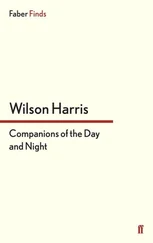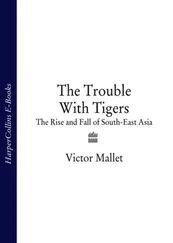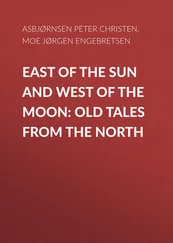1 ...7 8 9 11 12 13 ...50 Gillian Ramseyis Assistant Professor in Classics at Campion College at the University of Regina, Canada. She has published on the Seleucid empire, its royalty and administration, and Hellenistic women’s history, most recently on the queens Apame and Stratonike for Women and Monarchy in the Ancient Mediterranean (2020), and is currently researching the social and cultural history of the Hellenistic world.
Alberto Rigoliois Assistant Professor of Classics at Durham University. He is the author of Christians in Conversation: a Guide to Late Antique Dialogues in Greek and Syriac (Oxford 2019), and he is currently working on a monograph on early Syriac culture and literature.
Kai Ruffingis Professor of Ancient History at the University of Kassel. His research focuses on ancient economic history, the contacts between the Mediterranean world and the East, and ancient historiography. His recent books include Das Weltreich der Perser. Rezeption – Aneigung – Verargumentierung , Wiesbaden 2019 ( CleO 23) (co-edited with Robert Rollinger and Louisa Thomas), Antike Wirtschaft und ihre kulturelle Prägung – The Cultural Shaping of the Ancient Economy , Wiesbaden 2016 ( Philippika 98) (co-edited with Kerstin Droß-Krüpe and Sabine Föllinger), and Wirtschaft in der griechisch-römischen Antike , Darmstadt 2012.
Maurice Sartreis Professor (emeritus) of Ancient History at the University of Tours. He studied at the University of Lyon and has been a collaborator on the project “Inscriptions grecques et latines de la Syrie” since 1969 in the Maison de l’Orient et de la Méditerranée (HiSoMA unit) for South Syria (volumes 13–16, with Annie Sartre-Fauriat). He has published books and articles about the political, social, and cultural history of the Eastern Mediterranean ( L’Orient romain , 1991; Histoires grecques , 2006) and especially Syria ( D’Alexandre à Zénobie , 2nd ed., 2003; Engl. tr. The Middle East under Rome , 2005). He was editor in chief of Syria from 1997 to 2018.
Michael Sommerteaches ancient history at the Carl von Ossietzky University of Oldenburg. His areas of research include the cultural history of the Hellenistic and Roman Near East, cross-Mediterranean history, and the Roman Empire. Among his recent publications are Die Soldatenkaiser (Darmstadt, 2020), Palmyra. A History (London, 2018), Roms orientalische Steppengrenze , 2nd ed. (Stuttgart, 2018). With Tassilo Schmitt he is the editor of Von Hannibal zu Hitler. “Rom und Karthago” 1943 und die deutsche Altertumswissenschaft im Nationalsozialismus (Darmstadt, 2019).
Oliver Stollholds the Chair for Ancient History at the University of Passau. After studying at the universities of Mainz and Freiburg, he gained his PhD in Classical Archaeology in 1992 ( Die Skulpturenausstattung römischer Militäranlagen an Rhein und Donau , 2. Bde) and his Habilitation in Ancient History in 2001 ( Zwischen Integration und Angrenzung. Die Religion des Römischen Heeres im Nahen Osten ), both at Mainz. He was research assistant and research fellow at the universities of Stuttgart-Hohenheim, Mainz, and Bamberg and also Fellow (Scholarship) of the Römisch-Germanisches Zentralmuseum in Mainz (RGZM). Research interests: military history of the ancient world, economic and social history, history of technology and religions; provincial archaeology. One of his latest books was on veterans in the Roman Near East ( Ehrenwerte Männer. Veteranen im römischen Nahen Osten der Kaiserzeit , Berlin 2015).
Lucas Van Rompayis Professor emeritus of Duke University (North Carolina), where he taught Eastern Christianity (2000–2016). Before joining Duke he was Professor of Aramaic language and literature at Leiden University (1977–2000). His primary interest is in Syriac language and literature. With S.P. Brock, G.A. Kiraz, and A.M. Butts he co-edited Gorgias Encyclopedic Dictionary of the Syriac Heritage (2011). With S.P. Brock he co-authored Catalogue of the Syriac Manuscripts and Fragments in the Library of Deir al-Surian, Wadi al-Natrun (Egypt) (2014).
Eris B. Williams Reedis Senior Teaching Fellow in Roman History and Epigraphy at the University of Warwick. Her doctoral research, completed at Durham University, focused on the relationship between water and religious life in the Roman Near East. Her next project investigates the interactions between the region’s environments and their religious communities, with the aim of recalibrating these interactions as part of the diversity of religious experience in the Roman Empire. She is also interested in exploring aspects of the Roman world through the lens of modern environmental concepts, such as ecological grief and ecocide.
Jean-Baptiste Yonis Senior Researcher at the French CNRS (Centre national de la recherche scientifique) at Lyon (HiSoMA, Maison de l’Orient) and Beirut (Institut français du Proche-Orient). He has worked extensively on the history and the epigraphy of the Hellenistic and Roman Near East. He is the author of Les notables de Palmyre (2002), Inscriptions grecques et latines de la Syrie XVII.1, Palmyre (2012), Inscriptions grecques et latines du Musée national de Beyrouth (2016, with Julien Aliquot), and L’histoire par les noms (2018). He is currently working in Lebanon (excavations at Tyre) and in Jordan, and is a member of the Palmyra Portrait Project.

Map IThe Hellenistic and Roman Near East. Sources: Esri USGS NOAA. Made with Natural Earth. All adjustments © T. Kaizer.flast.
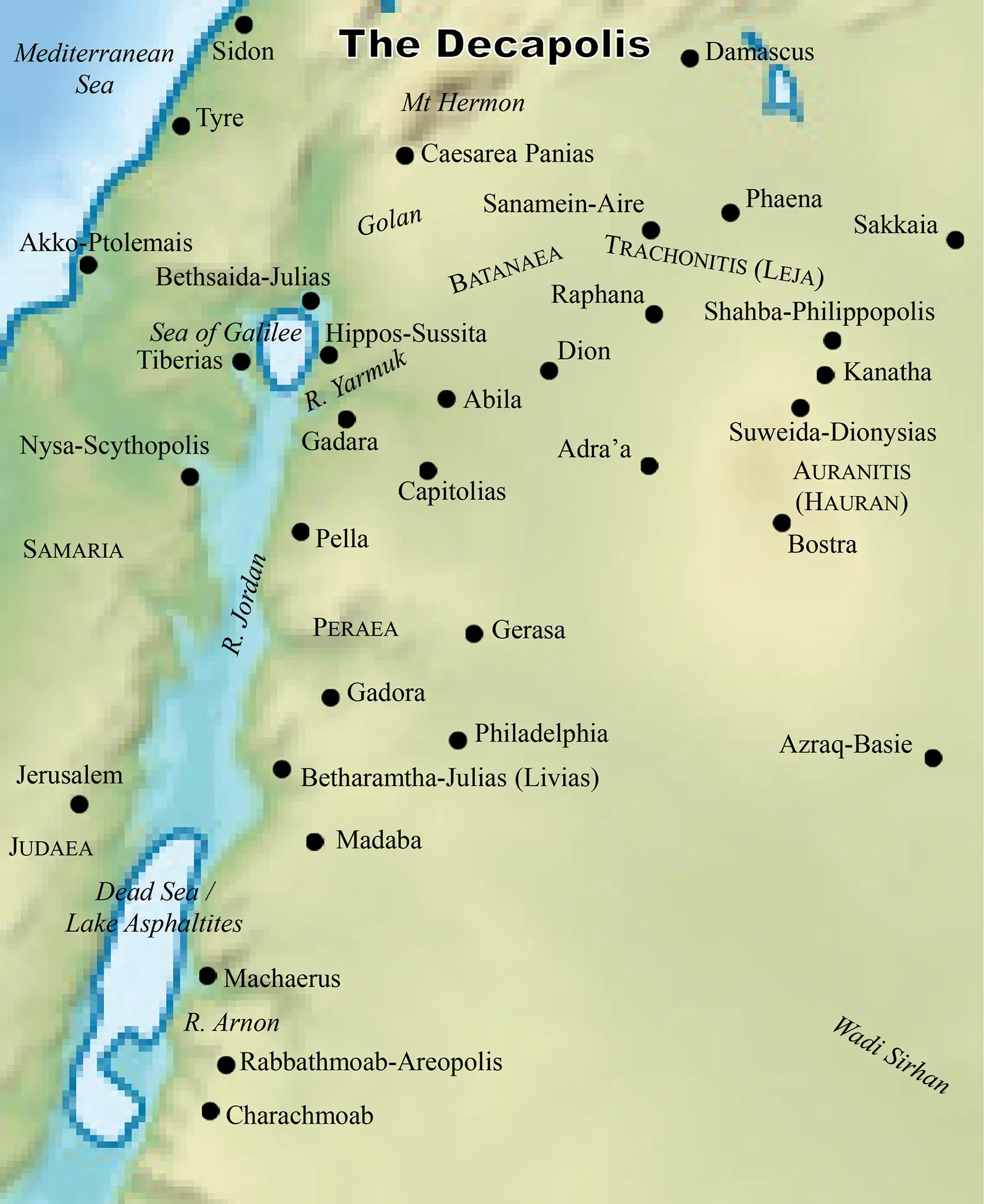
Map IIThe Decapolis. Sources: Esri USGS NOAA. Made with Natural Earth. All adjustments © T. Kaizer.flast.
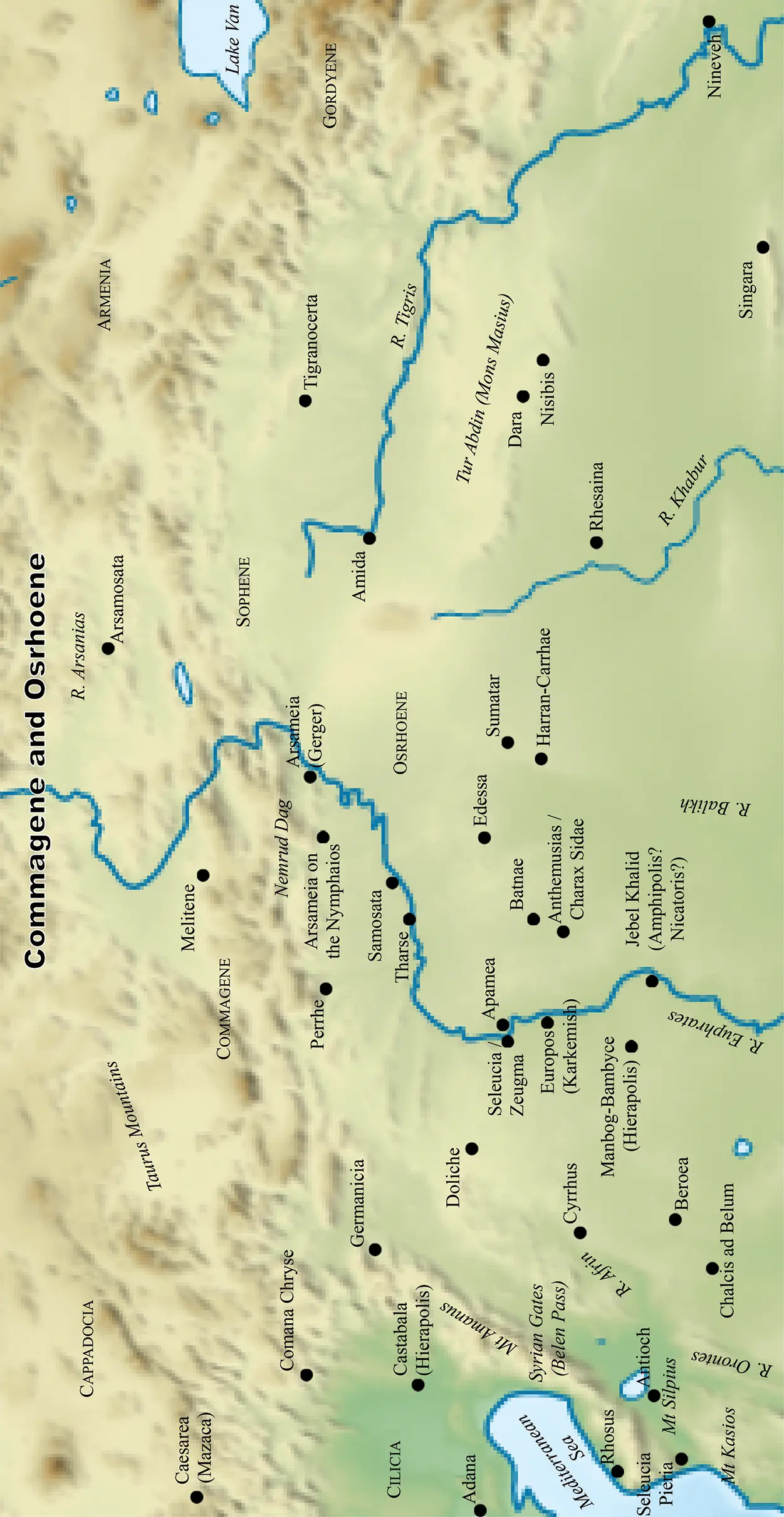
Map IIICommagene and Osrhoene. Sources: Esri USGS NOAA. Made with Natural Earth. All adjustments © T. Kaizer.
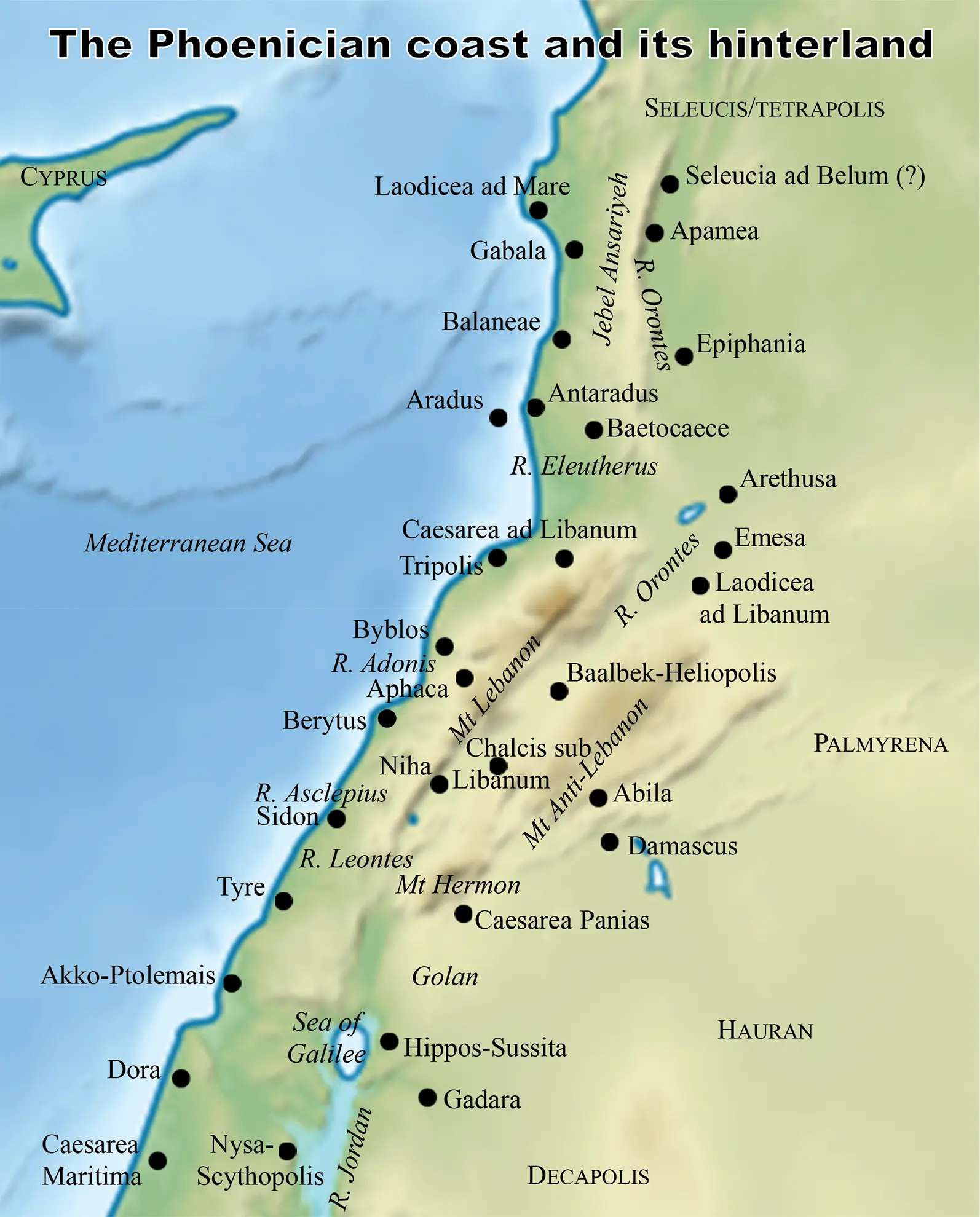
Map IVThe Phoenician coast and its hinterland. Sources: Esri USGS NOAA. Made with Natural Earth. All adjustments © T. Kaizer.
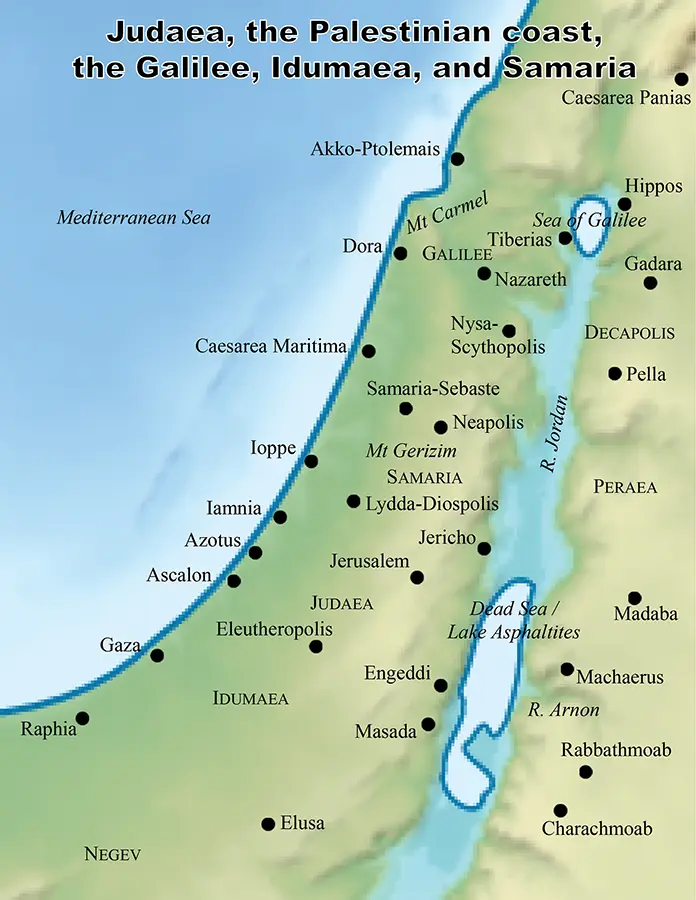
Map VJudaea, the Palestinian coast, the Galilee, Idumaea, and Samaria. Sources: Esri USGS NOAA. Made with Natural Earth. All adjustments © T. Kaizer.

Map VIThe Nabataean kingdom. Sources: Esri USGS NOAA. Made with Natural Earth. All adjustments © T. Kaizer.
Ted Kaizer
Читать дальше







